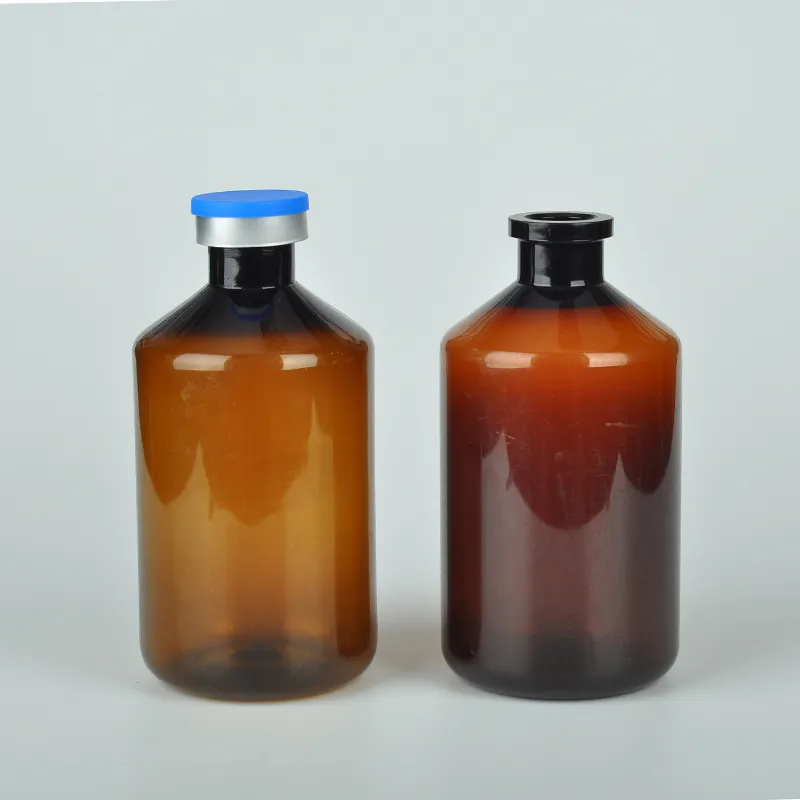Types of Tubes Commonly Utilized in Centrifuge Procedures for Optimal Results
The Role of Tubes in Centrifugation A Comprehensive Overview
Centrifugation is a widely used laboratory technique that employs rapid spinning to separate components of a mixture based on differences in density. This method is integral in various fields such as biology, chemistry, and clinical diagnostics. One essential element of centrifugation is the tube used to contain the sample during the spinning process. The choice of tube can influences the efficiency of separation, the integrity of samples, and the overall success of the experiment.
Types of Centrifuge Tubes
Centrifuge tubes come in a variety of shapes, sizes, and materials, catering to different types of samples and applications. The most commonly used materials include polypropylene and glass. Polypropylene tubes are particularly favored due to their durability, chemical resistance, and light weight. These tubes can withstand the harsh conditions of centrifugation, including various temperature ranges, and they are often used for biological samples.
Glass centrifuge tubes are less commonly used but are advantageous for certain applications, such as when working with heat-sensitive samples or solvents that might react with plastics. Furthermore, glass tubes provide higher clarity, allowing for better visibility of solution layers. However, they are heavier, more prone to breakage, and generally not suited for high-speed centrifugation.
Centrifuge tubes can be categorized based on their volume capacity. Common sizes range from 0.5 mL to 50 mL. Selecting the appropriate volume is crucial, as overfilling a tube can result in spillage or inconsistent separation during centrifugation.
Specialized Tubes for Specific Applications
In addition to standard tubes, specialized centrifuge tubes are designed for specific applications. For instance, microcentrifuge tubes are particularly popular in molecular biology labs for tasks such as DNA extraction and protein purification. These tubes are typically available in capacities ranging from 0.2 mL to 2.0 mL and are often fitted with snap-cap closures to prevent contamination.
Another innovate design is that of safety centrifuge tubes, which are engineered to minimize the risk of breakage and sample loss. These tubes are made with reinforced structures and have additional features such as cap designs that ensure leak-proof containment.
tubes used in centrifuge

For applications requiring high-speed centrifugation, such as ultracentrifugation, tubes need to be specifically designed to withstand the immense gravitational forces involved. These tubes are often made from high-strength materials and are tested rigorously to ensure they can handle such conditions without failure.
Choosing the Right Tube
Choosing the appropriate tube for centrifugation is not merely a matter of preference but can significantly affect the outcomes of the experiment. Factors influencing this choice include the type of sample, the required capacity, the centrifuge model, and the desired separation technique.
One key consideration is the level of compatibility with the sample being centrifuged. For example, when working with proteins, the tube material needs to be compatible to avoid adsorption of molecules to the tube walls, which could lead to inaccurate results. Additionally, certain applications may require tubes with specific certifications or that are free from DNA, RNA, or other contaminants.
Best Practices for Centrifuge Tubes
To ensure optimal performance, it is essential to follow best practices when using centrifuge tubes. Properly balance the centrifuge by distributing weight evenly across the rotor. This is vital for the longevity of the centrifuge and for obtaining reliable and reproducible results.
Also, be mindful of the maximum g-force (relative centrifugal force, RCF) that the tube can withstand, as exceeding these limits can compromise the tube’s integrity and lead to sample loss or contamination.
Conclusion
Centrifuge tubes play a pivotal role in the effectiveness of centrifugation. From basic plastic tubes to specialized glass designs, the right tube can enhance the reliability and accuracy of experimental results. Understanding the features, benefits, and applications of various centrifuge tubes allows researchers and technicians to make informed choices that drive their scientific endeavors forward. As the field of centrifugation continues to evolve, advancements in tube technology will likely bring even more efficient solutions to the challenges faced in laboratory settings.
-
Aesthetic Makeup Spray Bottles | Fine Mist Empty RefillableNewsAug.19,2025
-
White Plastic Veterinary Vaccine Vials | Lab Liquid BottlesNewsAug.18,2025
-
Plastic Medicine Liquid Bottle: Secure Flip Top Drug VialsNewsAug.17,2025
-
Durable 250ml Blue Plastic Vaccine Vial for Lab & Vet UseNewsAug.16,2025
-
Sterile Virus Sample Tubes: Secure & Reliable Specimen CollectionNewsAug.15,2025
-
White 250ml Plastic Vaccine Vial for Lab & Vet MedicineNewsAug.14,2025
























